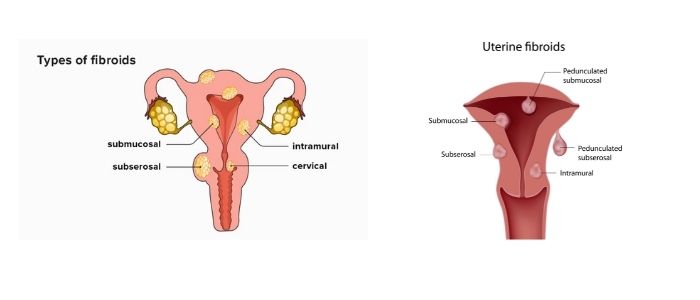We must explain to you how all seds this mistakens idea off denouncing pleasures and praising pain was born and I will give you a completed accounts of the system and expound.
123/A, Miranda City Likaoli Prikano, Dope United States
+0989 7876 9865 9
info@example.com
Non-cancerous growth in and around the uterus are called fibroids. They are made up of fibrous tissues and muscles that generally develop during the childbearing age of a woman. The size of fibroids may range from a small seed to a bulky mass that can enlarge the uterus. Women may have single or multiple fibroids at different locations.
Based on the location, fibroids are classified as-
Fibroids may occur due to genetic changes, hormonal (estrogen and progesterone) imbalance, extra-cellular matrix and few other growth factors that may induce fibroids growth.
Fibroids look like nodules of smooth muscles tissue. In some cases, these rounded growths attach with a thin stem, giving a mushroom-like appearance.
The symptoms of fibroids are influenced by the number of fibroids, their size and location. In most cases, fibroids go unnoticed as they do not show any symptoms. However, some common signs and symptoms of fibroids include:
So, if you experience pelvic pain, heavy, painful and prolonged periods and problems in emptying the bladder, it is time to visit the doctor to diagnose and get the right treatment.
Factors that may increase the risk of developing fibroids include:
- Two types of ultrasound can diagnose fibroids- abdominal and transvaginal. The doctor can check whether the images produced by the scan shows the presence of fibroids. The doctor may also perform laparoscopy and hysteroscopy to confirm the location of fibroids.
- The doctor treats fibroids based on their size and severity of symptoms. If the fibroids are not causing any pain, the doctor may prescribe few medications to ensure they do not affect your routine.
However, if the symptoms are severe and the size of fibroids is huge, the doctor may prepare you for laparoscopic myomectomy.
Contact Pragati IVF Center to know more about fibroids and their treatment options to prevent them from getting severe.
